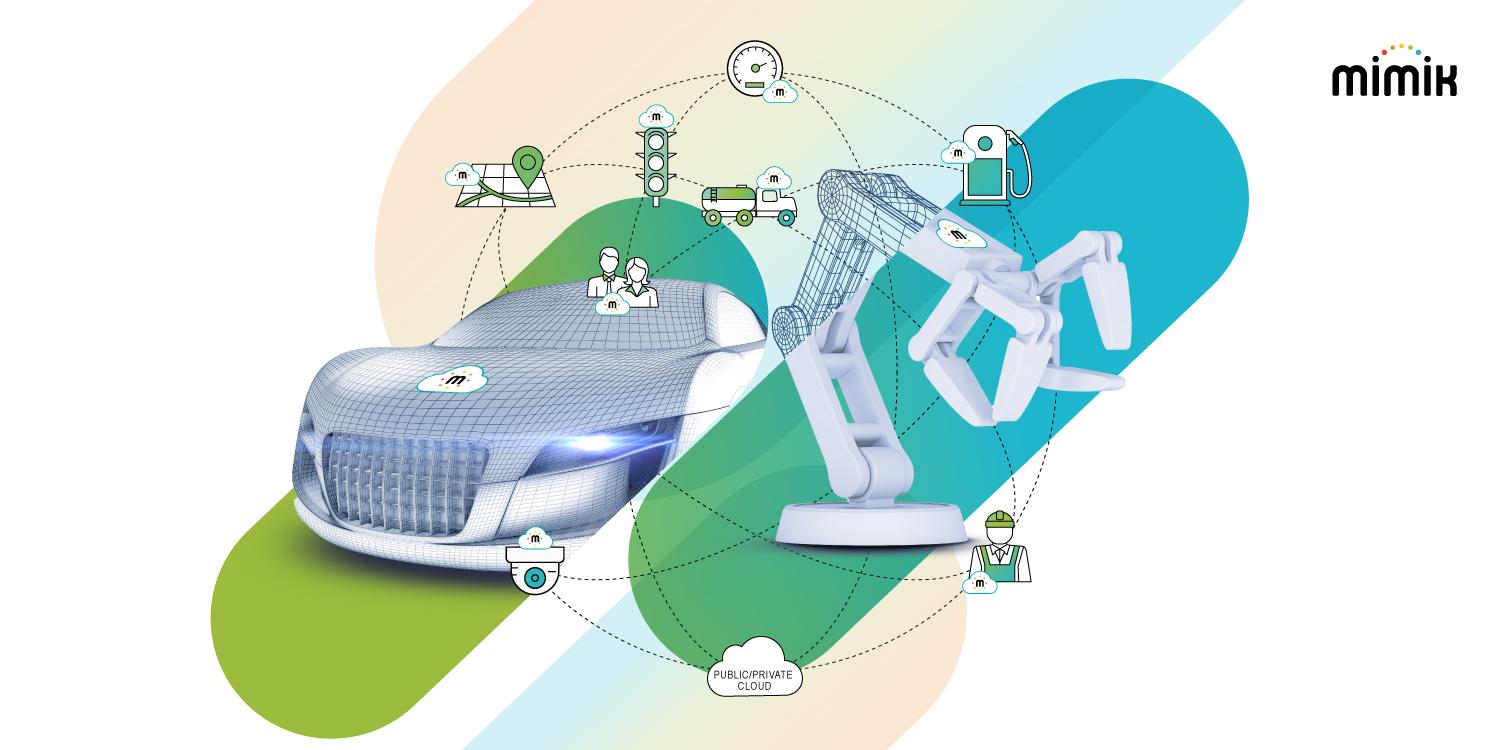Introduction
Recently, I have been receiving numerous inquiries from individuals who are intrigued by the concept of Hybrid Edge Cloud (HEC). They are keen to understand its practical applications and which types of applications can benefit the most from this innovative approach. In response to their curiosity, I have decided to shed some light on the versatility of HEC as a modern approach for cloud-native applications. While it is applicable to all applications, I will also highlight specific use cases that exemplify its potential and advantages.
In today’s rapidly evolving digital landscape, app developers are constantly seeking ways to optimize their applications. The HEC from mimik provides a revolutionary solution that combines the power of edge computing and cloud computing. It offers a host of benefits such as enhanced performance, reduced latency, data privacy, scalability, and cost and energy efficiency. This powerful combination has piqued the interest of developers across various industries.
In this blog, I aim to demystify the concept of HEC and explain why it is a modern approach suitable for all cloud-native applications. Additionally, I will delve into specific use cases that highlight the remarkable potential of HEC, showcasing its transformative impact in real-world scenarios.
Let’s dive in and explore how HEC can revolutionize app development, optimize performance, and unlock new possibilities for innovation.
Understanding Hybrid Edge Cloud (HEC)
HEC represents the convergence of edge computing and cloud computing, combining the best of both worlds. With mimik’s platform, developers can leverage the power of local smart devices as cloud servers capable of deploying microservices and the central cloud to enhance their applications’ performance, scalability, and flexibility.
Seamless App Integration
One of the key advantages of mimik’s HEC platform is its seamless integration with existing app development processes. Regardless of the programming languages or frameworks you prefer, mimik supports a wide range of options, enabling you to build applications using the tools you’re already familiar with. Furthermore, the platform is built fully at the application level and works across various operating systems and device types, ensuring your applications can run seamlessly on different platforms.
Enhanced Performance and Latency Reduction
Latency can make or break user experiences, especially in applications that require real-time interactions. HEC can drastically reduce latency by minimizing network round trips while leveraging the computing resources on smart devices. This approach results in faster response times and improved user experiences. Whether it’s a video streaming application, a real-time multiplayer game, or an IoT-based solution, the HEC ensures optimal performance for your applications.
Data Privacy and Security
In an era of increasing data breaches and privacy concerns, protecting user data is paramount. With HEC, app developers can keep sensitive data on local smart devices, reducing the risk of unauthorized access or data breaches. By minimizing the need to transfer sensitive information to the cloud, developers can maintain greater control over data privacy and security. mimik’s platform also employs robust trustless security measures and encryption protocols, further safeguarding user data.
Scalability and Cost Efficiency
Scaling applications based on demand is a crucial aspect of app development. HEC enables developers to scale their applications effortlessly. By distributing computing resources across a network of smart devices, developers can handle increased workloads without relying solely on dedicated cloud infrastructure. This results in improved scalability and cost efficiency, as developers can optimize resource utilization and reduce reliance on extensive cloud resources.
Real-World Use Cases
HEC has found significant applications in various industries, showcasing its remarkable capabilities. Let’s explore two specific examples: automotive and industrial IoT. These use cases demonstrate the transformative impact of HEC.
Software-defined vehicles (SDVs) offer the advantage of adaptability and improvement through software updates, like smartphones. With separate hardware and software components, SDVs can harness technological advancements like hyper-personalization, autonomous driving, and safety features without costly hardware upgrades. This flexibility ensures up-to-date functionality, enhanced user experiences, and prolonged vehicle lifespan.
When combined with mimik’s HEC, SDVs gain two additional benefits. First, HEC reduces network dependency for SDVs. Traditional SDVs are often susceptible to network availability issues, which can hinder their operations. By leveraging mimik’s HEC, vehicle functions, exposed as function-as-a-service, can be meshed with various other functions at the edge of the network. This reduces reliance on a centralized network infrastructure, making SDVs more resilient to network conditions and enhancing their overall operational reliability.
Second, HEC enables hyper-personalization at the local level. SDVs have the capability to interact with multiple systems and devices, such as infotainment units and Telematics Control Units (TCUs) inside the vehicle, passenger smartphones, and smart city infrastructure. By leveraging HEC, SDVs seamlessly integrate and communicate with these vertically incompatible systems, facilitating a high degree of personalization for each user. This empowers SDVs to offer tailored experiences based on individual context and preferences, whether it’s adjusting the cabin environment, entertainment options, or personalized assistance features. HEC’s edge computing capabilities enable efficient and localized data processing, enabling SDVs to deliver real-time personalized experiences without heavy reliance on centralized cloud-based services.
Similarly, in industrial IoT applications, such as those found in the energy and mining sectors, connectivity to the cloud can be poor, expensive, or nonexistent. Energy and mining companies can leverage mimik’s HEC to overcome these challenges. By deploying edge endpoints and utilizing local computing resources, IoT devices can process and analyze data on-site, enabling real-time monitoring, predictive maintenance, and optimization of critical processes. This empowers companies to make timely decisions, improve operational efficiency, and reduce costs associated with transferring massive amounts of data to the cloud.
Conclusion
HEC empowers app developers with enhanced performance, reduced latency, data privacy, scalability, and cost efficiency. It finds practical applications in various industries, showcasing its remarkable capabilities. For the automotive industry, HEC empowers software-defined vehicles (SDVs) to function as local services, seamlessly integrating with local systems even in environments with limited network connectivity. In the energy and mining sectors, where cloud connectivity is often poor or nonexistent, mimik’s platform allows for on-site data processing, improving real-time monitoring and decision-making while keeping mission critical data private and secure.
These examples highlight the transformative impact of HEC, but it’s important to recognize that its benefits extend to a wide range of cloud-native applications. Whether it’s healthcare, retail, smart homes, or any other domain, HEC offers a pragmatic solution that enhances performance, reduces latency, ensures data privacy, enables scalability, and optimizes cost and energy efficiency.
By seamlessly integrating edge computing and cloud computing, mimik’s platform unlocks new possibilities for innovation, providing developers with the tools to create cutting-edge applications that meet the evolving needs of consumers and enterprises. It bridges the gap between local smart devices and the cloud, allowing for distributed computing and improved user experiences.



